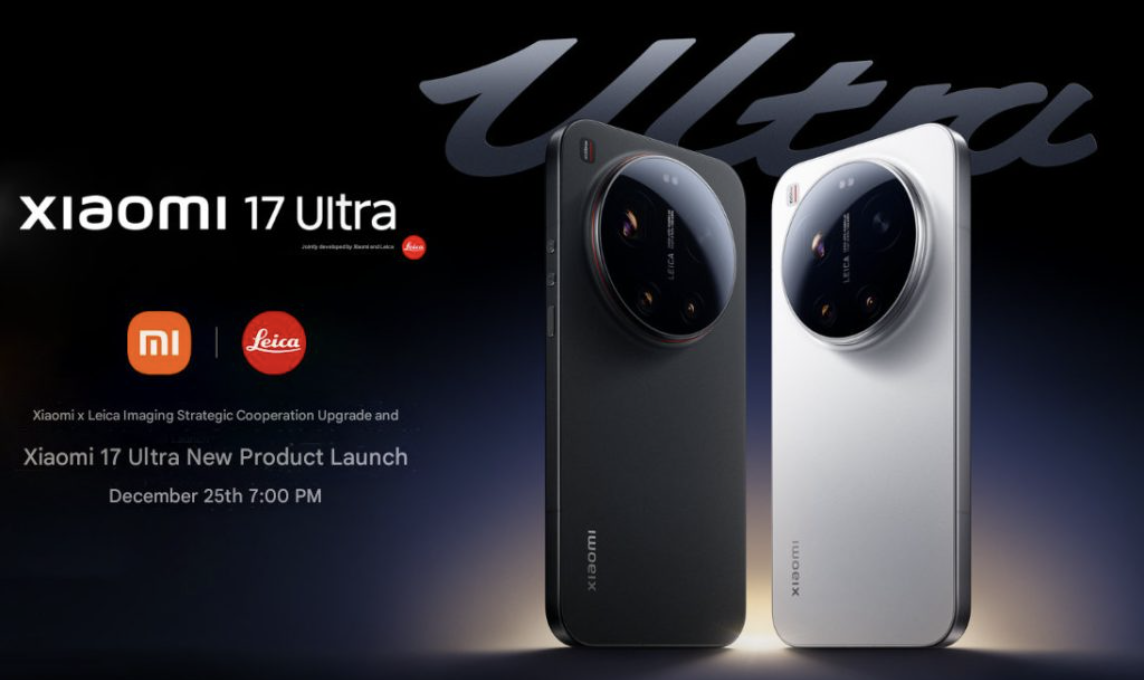In a surprising twist in the PC hardware market, Nvidia is rumored to be developing its own CPU for consumer PCs, targeting Intel and AMD’s dominance in the CPU space. According to DigiTimes, the anticipated Arm-based CPUs from Nvidia could be hitting the market by 2025, with shipments speculated to start in 2026. If true, this development could bring Nvidia directly into the competitive field of consumer and commercial PCs, especially in the laptop and AI arenas.

What We Know About Nvidia’s Arm-Based CPUs
While Nvidia has been best known for its powerful GPUs, like the latest RTX 4090 and upcoming RTX 5000 series, the company’s expansion into CPUs signifies its intent to disrupt new sectors of the market. The report hints at Nvidia’s potential move toward creating a PC CPU lineup designed to work with the Windows operating system, possibly rivalling Qualcomm’s Snapdragon series, which currently dominates Windows-on-Arm devices.
Historically, Nvidia has developed Arm-based processors for platforms like the Nintendo Switch, and their Tegra line has powered several Android devices. With Arm’s CEO, Rene Haas, confirming that Qualcomm’s exclusive rights to Windows-on-Arm will end in 2024, Nvidia and other manufacturers could be able to launch Windows-compatible CPUs.
Challenges Ahead: x86 Compatibility and Gaming
Nvidia’s expansion into consumer PCs, however, faces significant challenges, especially due to the lack of an x86 license. An x86 license allows CPUs to run native PC games and a wide range of Windows software without needing emulation. Currently, most PC gaming software is optimized for x86 architecture, which is controlled by Intel and AMD. For Nvidia to make its CPUs viable for gaming, it would need either substantial industry support for Arm gaming or a heavy investment in porting games to Arm—two substantial hurdles.
Nvidia’s initial efforts with these CPUs are expected to prioritize AI and machine learning applications, areas where Nvidia’s GPUs already excel. Laptops and other low-power devices, rather than gaming desktops, could be the primary targets, given Arm’s efficiency in low-power performance.
A New Era in the PC Hardware Landscape
If Nvidia successfully brings an Arm-based CPU to consumer PCs, it could push the industry toward more diversity in CPU architecture, and perhaps prompt wider adoption of Arm for Windows. Nvidia’s efforts in this space could ultimately challenge Qualcomm’s foothold in Windows-on-Arm devices and potentially spur further innovation in PC hardware.
In the meantime, Nvidia enthusiasts can look forward to the anticipated RTX 5090, which is set to redefine gaming performance when it debuts.














